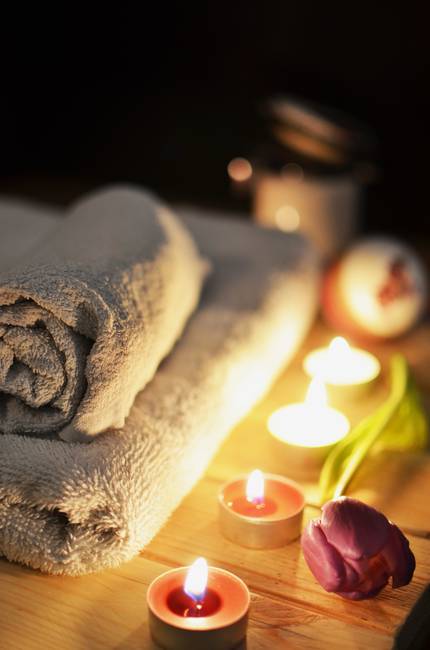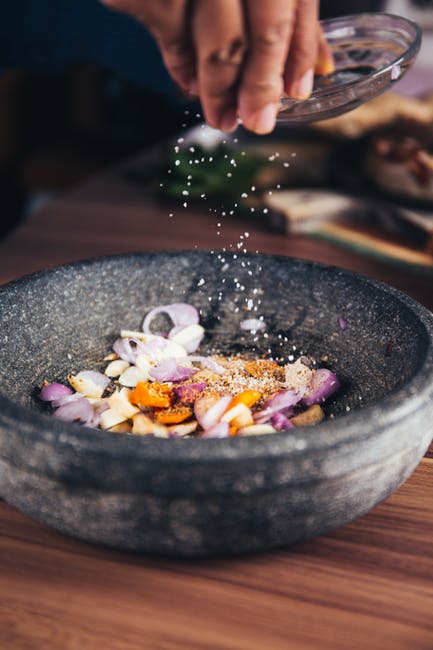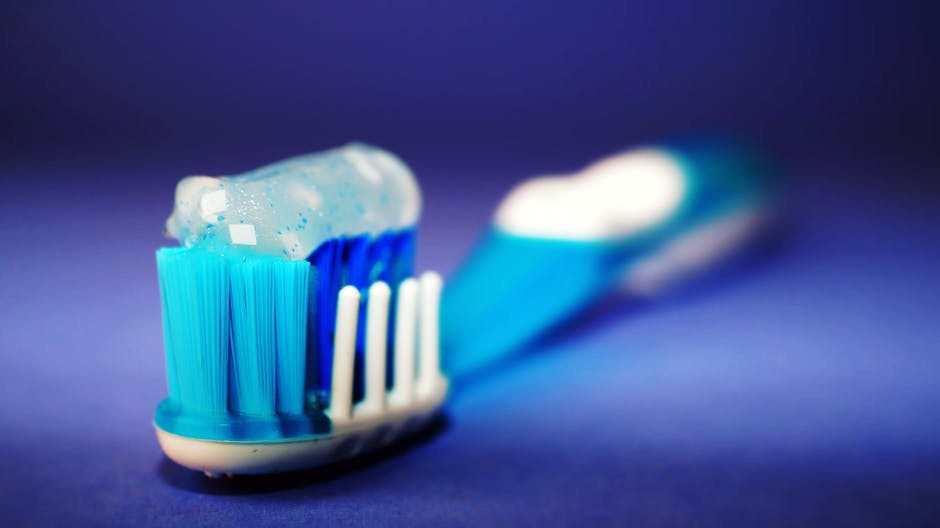Skin problems are one of the most common issues that everyone experiences in some form or another. From acne to eczema, psoriasis and beyond, skin issues can be both physically and emotionally difficult to manage.
Having beautiful and healthy skin is one of the most important aspects of a person’s physical appearance. Unfortunately, many people suffer from various skin conditions, with one of the most common issues being oily skin. Oily skin can cause a range of problems, from persistent shine to breakouts and acne, affecting the confidence levels of the sufferer and making them feel uncomfortable in their own skin.
Having oily skin can be frustrating and uncomfortable, especially when it leads to breakouts and other skin issues. Oily skin is caused by an overproduction of oil in the skin’s sebaceous glands, and it is difficult to treat. This can lead to an uneven skin tone and a generally greasy look. Below are some ways how I manage oily skin that allows me to have a healthy, glowing complexion.
Use Gentle, Oil Free Cleansers
If you've been suffering from oily skin, Gentle, Oil Free Cleanser has you covered. This cleanser is designed to reduce oiliness and give you a refreshed, balanced complexion. The oil-free formula won't strip your skin of essential moisture and won't clog pores. It cleanses without irritating, and its gentle ingredients maintain the skin's natural pH balance, allowing it to stay healthy and hydrated. With regular use, you can expect to see a decrease in oiliness and an overall improvement in your skin's texture and tone.
Use a Toner to Remove Excess Oil
If you're struggling with a greasy, shiny complexion, using a toner to remove excess oil can help you get a more balanced, matte look. Toners can be incredibly effective in controlling oil production, and using them regularly can help to reduce oily skin over time. These products help to remove the excess oil and impurities that can accumulate on the surface of the skin, and they can also help to restore the skin's natural pH balance.
Use Oil Controlling Moisturizers
If you find yourself struggling with oily skin, it may be time to invest in oil-controlling moisturizers. These types of moisturizers are specifically formulated to help reduce the amount of oil on your skin, giving you a more balanced complexion. They often contain ingredients like tea tree oil, which can help to reduce excess sebum and purify the skin. Certain oil-controlling moisturizers can also include ingredients like clay, which can help to absorb excess oils and leave the skin feeling smooth and refreshed. With the right oil-controlling moisturizer, you can maintain a blemish-free complexion and keep your skin looking its best.
Exfoliate Regularly
Exfoliating your skin regularly can-do wonders for oily skin. This simple and effective skincare step helps to get rid of the excess sebum that can build up on the surface of your skin and cause breakouts, dullness, and an overall greasy feeling. When done correctly, exfoliation can help to unclog your pores, remove dirt and debris, and even out your skin tone. It can also help to stimulate cell turnover, which can help to reduce the overall oiliness of your skin.
Wear Sunscreen Daily
Wearing sunscreen every single day is essential for protecting your skin from the sun's harmful rays—but it can also do wonders for reducing oily skin. Sunscreen helps prevent the production of excess oil, which can clog pores and cause breakouts. Not only that, but sunscreens with ingredients like zinc oxide and titanium dioxide can help absorb and control oil production.
These are some of the things you can also do to remove or prevent oily skin. Please feel free to utilize the comment section if you wish to ask any questions or share your thoughts about the topic.




















